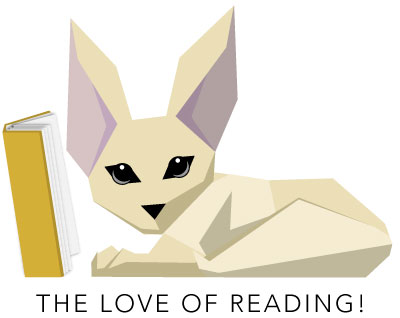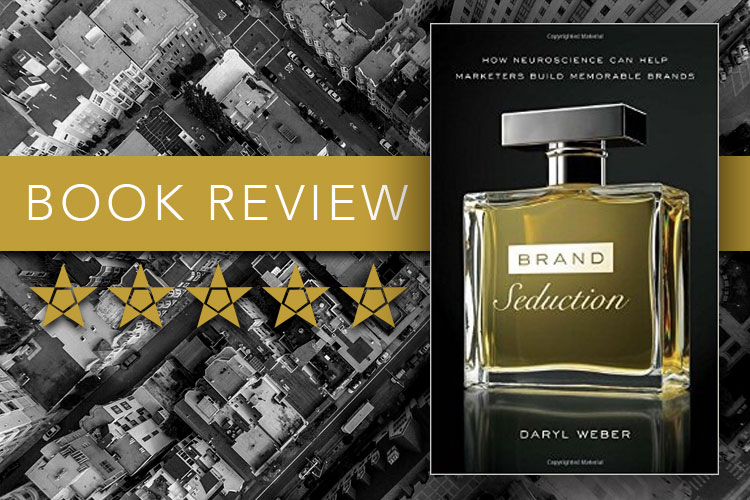Psychology and neuroscience meet branding.
The good.
Real Science
This book is based on 60 years of psychology and neuroscience.
True Branding
About how the feeling of a brand drives sales.
Usable
Actionable practices you can use tomorrow.
The bad.
Critical of Marketing
This book may be hard on how you have been working.
Analytical / Emotional
This book requires brand marketers to use both their left and right brain.
 In the echo-chamber that is the marketing industry, it is refreshing to get a dose of science and, dare I say it, truth.
In the echo-chamber that is the marketing industry, it is refreshing to get a dose of science and, dare I say it, truth.
The closest thing we get to the truth in this industry is case studies, and there is an inherent selection bias built into them. We hear about the one company who had success with one strategy, and we don’t hear about the dozens of companies that failed, potentially with the same strategy. Case studies don’t compare to science.
Daryl Weber spends the first half of the book reviewing the latest accepted science from psychology and neuroscience in a style of prose that is readable and entertaining. These chapters leave you with a better understanding of yourself and the human condition. Not how we think we work, but how we actually function.
Our brains are made for one thing: action. We take in stimulus, interpret it, process it and catalog only to make better actions. The vast majority of actions we do are only guided by unconscious actions.
Purchasing is an action like anything else. We as consumers and we as marketers like to think of ourselves as much more rational with our purchases than we actually are. We are guided by our emotions, unconscious associations, and “gut” more than anything, and we have discussed this in our article about why brand marketing works.
Mr Weber advocates for a different theory on purchasing behavior: brand fantasy. He interprets the science as we make many purchasing decisions based on a culmination of associated feelings, emotions and reputation. The brand fantasy is that web; it is a fantasy because it is aspiration. The Gatorade brand fantasy circles around athleticism, with associations to football, sweating and striking lines and colors. The Quicksilver brand plays to people’s desire for the easy going surfer lifestyle, the brand fantasy wind in your hair and sand beneath your toes.
Mr. Weber writes a pretty scathing criticism of typical marketing.
Mr Weber writes a pretty scathing criticism of typical marketing thinking in Brand Seduction. He argues that we are focused on rational arguments and perfect copy when how we say it is more important than what we say. He also criticizes the companies that are trying to elicit strong emotions through dramatic advertisements. Properly used emotion in marketing should be more nuanced than hitting people in the face with a sad feeling that makes us want to cry for the boy who gave his only Christmas present away. He also criticizes the standard practices of brand marketers by attacking typical brand guidelines that focus more on the ‘what’ than the ‘where,’ ‘why’ and ‘how it feels.’
This criticism would be hard to take if he did not offer alternatives. The second half of the book focuses on taking these challenging psychology and neuroscience concepts and putting them into practices you can bring to the office tomorrow. These range from $100,000+ functional MRI studies of your customers, to doing word associations on a comfy couch in a quiet moment. He tries to give you tools to bypass the conscious and tap into subconscious which is really running the show.
I give Brand Seduction by Daryl Weber my highest recommendation.
There is an inherent irony to the book. A deeply analytical reader will appreciate the science half of the book, but you need to have a strong emotional intelligence to really put it into action; those two things are not mutually exclusive but not generally found in the same person. This book is not for you if you are the type of marketer who runs statistically significant AB tests to maximize your response rate and drive down your cost per acquisition. This is for the marketer who understands playing the long game and creating deep associations in the user’s mind that are hard to measure but the true driver of the purchasing behavior.
I give Brand Seduction by Daryl Weber (Amazon affiliate link) my highest recommendation. It will influence a lot of the writing on this blog for years to come, I am sure. If you are willing to open your mind and test some of your assumptions against science, this book is for you.
Readable![]()
Insightful![]()
Actionable![]()
Quality of Case Studies / Data![]()
Professionalism![]()
Cover Design![]()


Leave a Reply